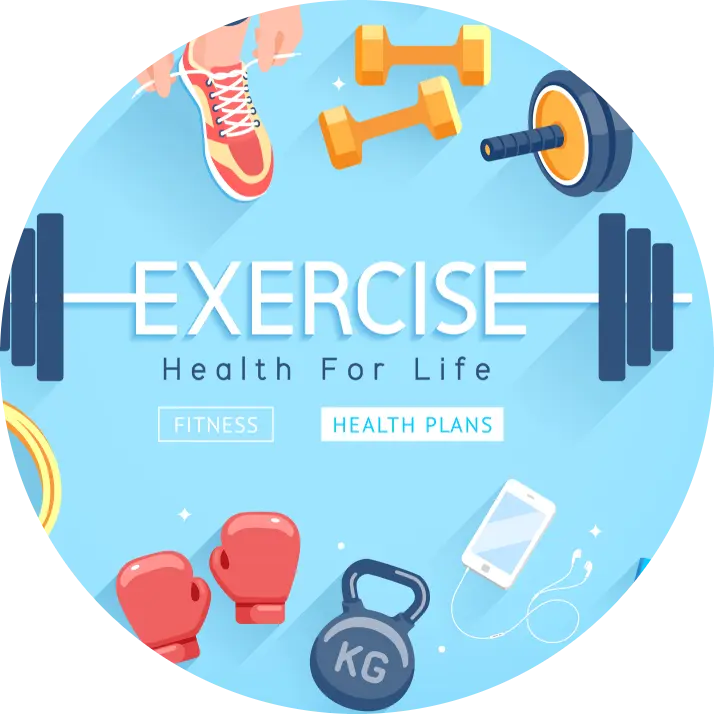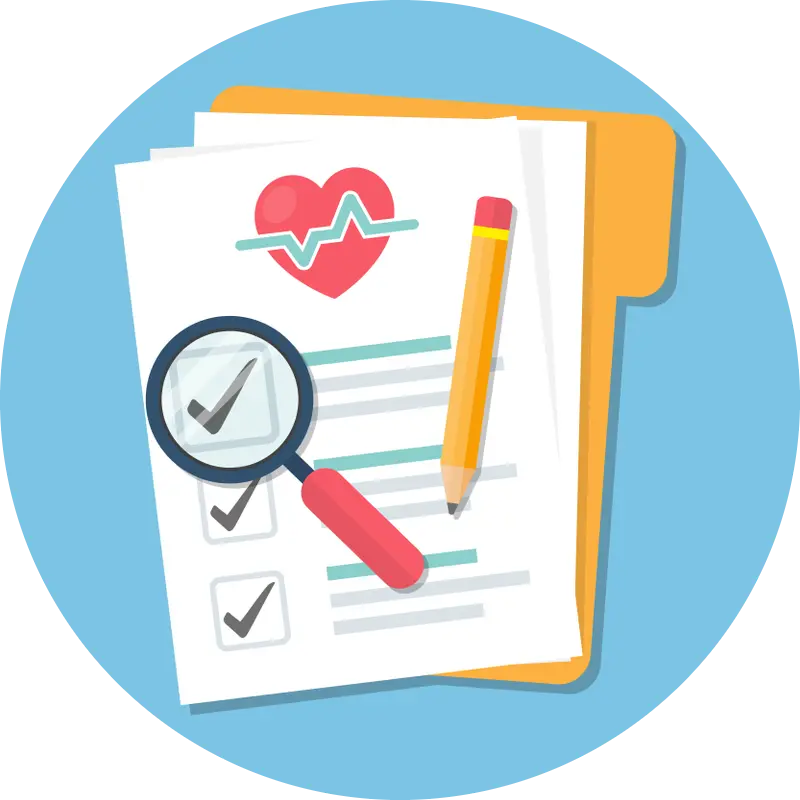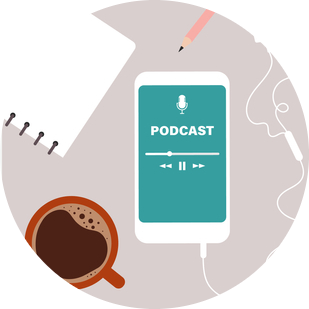Breathing keeps you alive, and correct breathing makes you lively. So, take a deep breath. It is the only way to inhale happiness and reduce stress. If you’re struggling with depression and want to manage stress, there is no better option than breathwork.
According to studies, controlling breath improves lung capacity and boosts your mood. Exercises such as yoga, meditation, and other practices correct your breath. This breathwork guide will discuss everything related to breathing that can improve your lungs and overall health.
Everything You Should Know About Breathwork.
Breathwork involves many exercises to enhance mental and physical health. These breathing exercises promote the healthy hormones in the body to improve the lungs. According to research, breathing techniques build harmony between your mind and body. But to do these exercises, everyone should require professional supervision.
If you’re a professional fitness coach or a yoga instructor, significantly improve your client’s health by joining credible courses like the SOMA Breathwork Certification Training and others. In these courses, you will learn to level up your skills, attract more clients and improve their results.
5 Best Breathwork Exercises to Improve Lung Health.
1. Diaphragmatic Breathing.
Diaphragmatic breathing isn’t an alien word now; everyone knows about this famous technique. In diaphragmatic breathing, you use your lungs at full capacity to boost lung functionality. This is the best-known exercise for people suffering from lung diseases because it elevates the oxygen in your body.
What Is the Science Behind Diaphragmatic Breathing?
Research shows that diaphragmatic breathing is the best exercise to increase lung capacity. It also demonstrated that this technique helps improve the exercise capabilities of those with various lung diseases such as ARDS. It is also a remedial solution for those suffering from shortness of breath. There is also evidence that this technique improves the strength of respiratory muscles.
How to Do It?
- Simply sit in a relaxed position.
- Put one hand on your belly and the other on your chest.
- Breathe from the nose for 2 to 3 seconds.
- Observe your stomach movements.
- Put a little pressure on your abdomen.
- Do it again and again as you wish.
2. Pursed Lip Breathing.
Pursed lip breathing is a marvelous lung exercise and an outstanding technique to slow one’s breathing. The slow breathing out, combined with the shape of your lips, lets your airways remain open, and it is helpful to mitigate the amount of work needed to take a breath. You can perform it independently without any hassle, and it enhances your lung functions over time.
The Science Behind Pursed Lip Breathing.
According to the studies of 2014 and 2015, pursed lip breathing improves the endurance level in COPD patients. Researchers found different participant improvements in this session, such as improved tolerance and oxygenation. Besides this, they also observed that this technique minimizes respiratory rate and enhances oxygen saturation in patients.
How to Do It?
- Take a breath with your nose.
- Bring your lips tightly together before blowing the air.
- Exhaust blows through your lips slowly, and repeat it at least two or three times.
- Repeat these steps again and again according to your needs and desires.
3. Equal or Balanced Breathing.
Balanced breathing is one of the prominent exercises in yoga to improve lung functionality. In this technique, your inhalation and exhalation times should be the same. When you breathe consistently, you can breathe in a smooth rhythm, improving your lung capacity.
The Science Behind Equal Breathing.
One of the studies shows that pranayama, the ancient breathwork exercise that involves the activities of equal breathing, is helpful for swimmers to improve their lung functions. If young practitioners of swimming perform pranayama, they will enhance their respiratory endurance. So they will get efficient results in their swimming performance.
How to Do It?
- Close your eyes, breathe as you normally do, and observe how you breathe.
- Take a breath for a slow count of 5
- Take a breath for the same time in every count.
- Inhale and exhale, breathe, and must care that both must have the same amount of time.
- Focus on your lungs and how these feel throughout the exercise.
4. Humming Bee Breath.
The humming bee breath is the best breathing exercise to increase lung function. It is also known as Bhramari pranayama. This technique incorporates humming breath, letting more oxygen travel throughout your body. So, it offers physical and mental benefits. Remember to exercise while sitting up straight to get the best lung benefits.
The Science Behind Humming Bee Breath.
Bhramari pranayama and OM chanting significantly improve pulmonary functions. It is helpful to enhance several breathing disorders, such as peak expiratory flow, forced expiratory flow, and maximal voluntary ventilation. Humming bee breath is the best remedy to improve one’s breathing.
How to Do It?
- Close your eyes and sit up in a straight position.
- Focus on the sensations in the body and the quietness within.
- Softly place your index fingers on the ears.
- Start a deep breathing and press down on your ears.
- Take a deep breath repeatedly and repeat this process a few times.
- Sit up straight with your eyes closed.
5. Nostril Breathing.
Nostril breathing is a superb technique to enhance respiratory endurance. It has an alternative name, Anulom-Vilom. This technique focuses on breath control, which helps you to improve your lung function.
The Science Behind Nostril Breathing.
No technique can be better than nostril breathing to improve respiratory function. This exercise is the best-recommended exercise for increasing respiratory efficiency. Nostril breathing allows you to get rid of a stressful lifestyle and improves your overall health.
How to Do It?
- Close your eyes, place your middle and index fingers between your eyebrows, and then breathe in and out.
- Use your right thumb to close your right nostril. Exhale slowly through your left nostril.
- Pause for a moment.
- Use your right pinkie finger to close your left nostril and exhale. Breathe through your right nostril.
- Take a rest for a moment
- Take a slow breath in through the right nostril. And pause for a moment.
- Close the right nostril again with your thumb, then exhale again with the left nostril.
- Pause for a moment again, then exhale through your left nostril.
- Spend around 50 seconds on each cycle and continue this cycle for 14 minutes.
Bottom Line.
Breathwork brings many benefits to your body, mind, and spirit. Correct breathing improves lungs and balances blood pressure, improves sleep, reduces stress, reduces PTSD, and more. Many try these exercises independently, but this isn’t a good practice. If you want to extract the right benefits of breathwork, join courses where you can learn about these exercises in depth. Elevate your lung capacity and lifestyle with the correct breathing exercises.

 Workout
Workout
 Meditation
Meditation


 Stories
Stories


 Podcast
Podcast E-book
E-book











